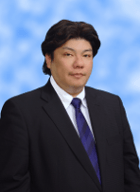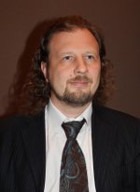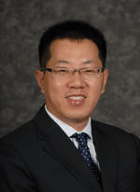Eletra Converts Trucks and Buses to Electric in Brazil
Eletra started converting Trucks and Buses from 3.5 to 54 Tons for the range of 50km to 150km by replacing the actual Powertrain (ICE, Transmission, Axels,) and suspension with batteries, electric drive and new suspension. The main benefits for the approach is to provide 30% less cost than a new Electric Truck and shorten the timing to meet sustainability targets, since the retrofit is done quickly. Companies like Ambev (AB-Inbev) announced 102 trucks retrofitted with Eletra.
Source: M&T Read The Article






